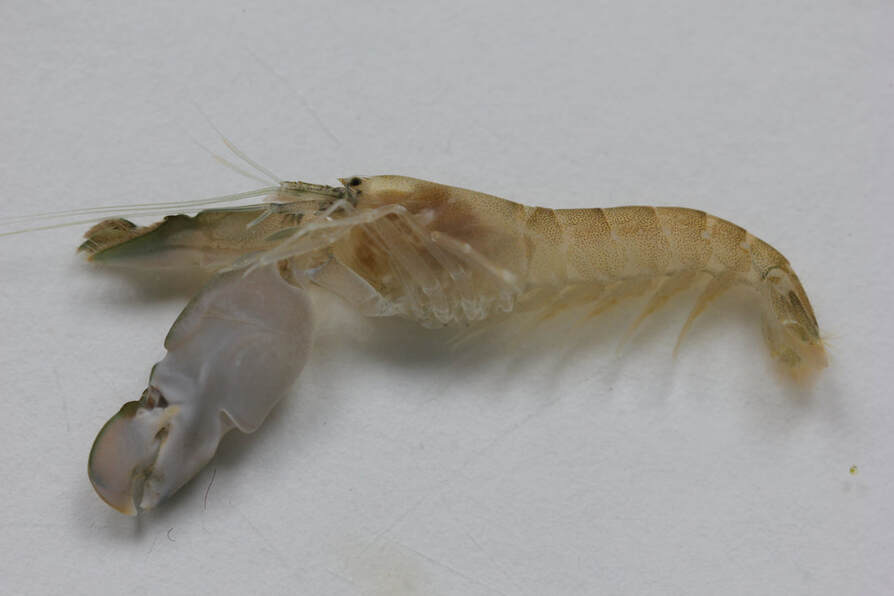Jose A. Cuesta´s Lab

Jose A. Cuesta
Instituto de Ciencias Marinas de Andalucía (ICMAN)
Consejo Superior de Investigaciones Científicas (CSIC)
Avda. República Saharaui, 2
11519 Puerto Real, Cádiz, Spain
jose.cuesta@icman.csic.es
http://www.icman.csic.es
Researchgate profile
ORCID ID:
http://orcid.org/0000-0001-9482-2336
RESEARCH
My primary interests encompass biology, ecology, molecular phylogeny, DNA barcoding, taxonomy and larval development of decapod crustaceans (mainly crabs). In the recent and ongoing projects, I have focused on larval morphology of Thoracotremata, especially in Grapsoidea and Pinnotheroidea, in combination with molecular phylogenetics.
The main objective of our recently finished project (AFROBIV) was studying the effects of the parasitic pea crab Afropinnotheres monodi Manning, 1993, on commercial bivalve species of the Iberian Peninsula (see more details here)
In the previous one (MEGALOPADN) was to use barcodes to identify megalopae from Iberian plankton samples, and describe them. Finally with all known descriptions to construct an illustrated key for crab megalopae of the Iberian Peninsula.
Other studies have centered on larval morphology of crabs and shrimps and their relationship with the systematic of these taxa.
My primary interests encompass biology, ecology, molecular phylogeny, DNA barcoding, taxonomy and larval development of decapod crustaceans (mainly crabs). In the recent and ongoing projects, I have focused on larval morphology of Thoracotremata, especially in Grapsoidea and Pinnotheroidea, in combination with molecular phylogenetics.
The main objective of our recently finished project (AFROBIV) was studying the effects of the parasitic pea crab Afropinnotheres monodi Manning, 1993, on commercial bivalve species of the Iberian Peninsula (see more details here)
In the previous one (MEGALOPADN) was to use barcodes to identify megalopae from Iberian plankton samples, and describe them. Finally with all known descriptions to construct an illustrated key for crab megalopae of the Iberian Peninsula.
Other studies have centered on larval morphology of crabs and shrimps and their relationship with the systematic of these taxa.
